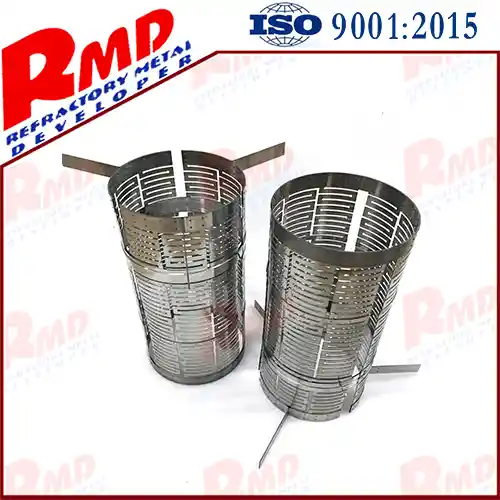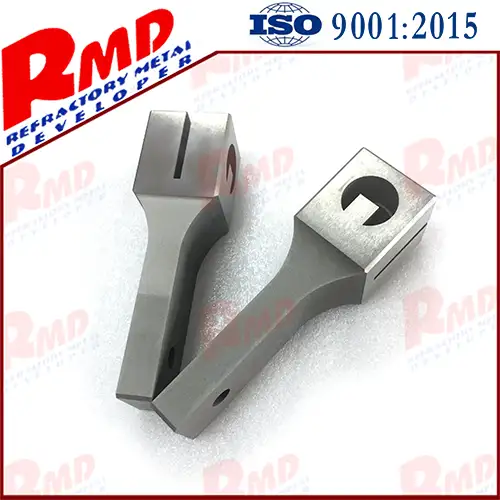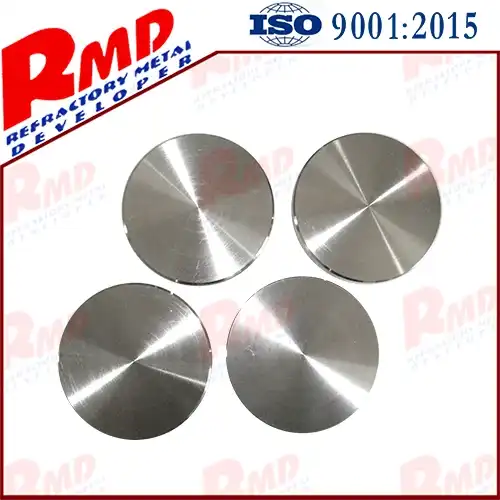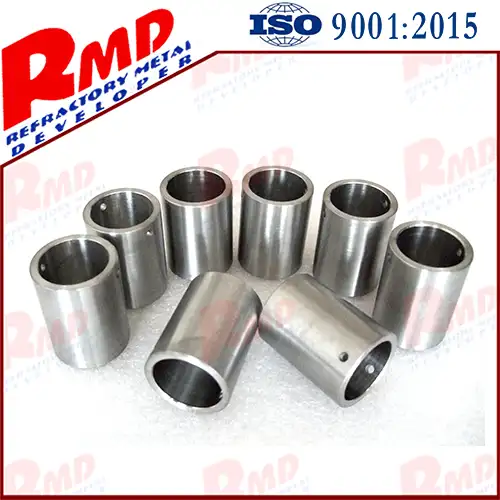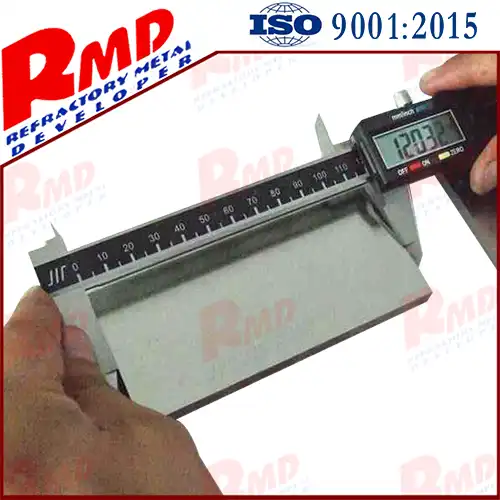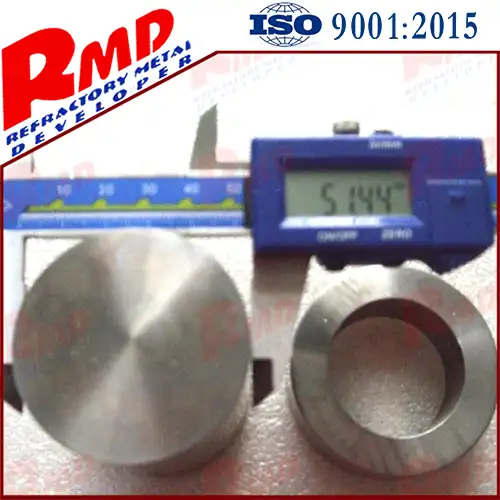- English
- French
- German
- Portuguese
- Spanish
- Russian
- Japanese
- Korean
- Arabic
- Greek
- German
- Turkish
- Italian
- Danish
- Romanian
- Indonesian
- Czech
- Afrikaans
- Swedish
- Polish
- Basque
- Catalan
- Esperanto
- Hindi
- Lao
- Albanian
- Amharic
- Armenian
- Azerbaijani
- Belarusian
- Bengali
- Bosnian
- Bulgarian
- Cebuano
- Chichewa
- Corsican
- Croatian
- Dutch
- Estonian
- Filipino
- Finnish
- Frisian
- Galician
- Georgian
- Gujarati
- Haitian
- Hausa
- Hawaiian
- Hebrew
- Hmong
- Hungarian
- Icelandic
- Igbo
- Javanese
- Kannada
- Kazakh
- Khmer
- Kurdish
- Kyrgyz
- Latin
- Latvian
- Lithuanian
- Luxembou..
- Macedonian
- Malagasy
- Malay
- Malayalam
- Maltese
- Maori
- Marathi
- Mongolian
- Burmese
- Nepali
- Norwegian
- Pashto
- Persian
- Punjabi
- Serbian
- Sesotho
- Sinhala
- Slovak
- Slovenian
- Somali
- Samoan
- Scots Gaelic
- Shona
- Sindhi
- Sundanese
- Swahili
- Tajik
- Tamil
- Telugu
- Thai
- Ukrainian
- Urdu
- Uzbek
- Vietnamese
- Welsh
- Xhosa
- Yiddish
- Yoruba
- Zulu
Research Progress Of Tantalum In Clinical Application
2024-01-05 18:00:06
1. The application of tantalum metal in orthopedics
Joint implants are generally divided into two types: cement-fixed type and bio-fixed type. Bio-fixed joint prosthesis is welcomed by many patients and doctors because of its relatively simple operation and the advantages of its fixation effect not being weakened over time. Tantalum metal joint implant is a kind of bio-fixed prosthesis. Tantalum metal is also called trabecular bone metal. It provides high friction at the bone-prosthesis interface through a good friction fit and initial implant stability. In addition, its high degree of porosity and supporting structure provide a wide space for bone growth, ensuring the long-term fixation of the prosthesis.
Porous tantalum metal material (trabecular bone metal) has unique physical, mechanical and tissue ingrowth characteristics, and has applications in many orthopedic fields.
The macro structure is composed of a mesh glass-carbon stent, and the tantalum metal is covered on the surface of the stent by chemical vapor deposition/infiltration (CVD/CVI).
The surface of the deposited metal has a good micro/nano texture. It is a natural product of tantalum (BBC) formed from the gaseous state through the vapor deposition/infiltration process. The evaluation results show that trabecular bone metal has superior porous properties, which can provide the physiological strength required for orthopedic implants and the elastic modulus similar to cancellous bone.
2. Application of Tantalum in Stomatology
Tantalum metal has been used as an implant material in the restoration treatment of patients with missing teeth. Tantalum trabecular bone implants have outstanding mechanical properties, biological properties, elastic modulus equivalent to bone tissue, and high friction coefficient, which can provide good osseointegration and initial stability for the implant.
In addition, its elastic modulus equivalent to bone tissue (between cancellous bone and compact bone) enables the implant to disperse the occlusal force into the surrounding bone during the long-term intraoral functional load. Stress concentration.
Experiments have shown that in the process of occlusal force loading, traditional implants can absorb 30% of the load energy, while tantalum trabecular bone implants can absorb 50%-75%. The higher friction coefficient makes it possible to implant in the implant. It has good initial stability during the implantation process, thereby improving the combination rate of dental implants, especially for implant patients with poor bone quality.
